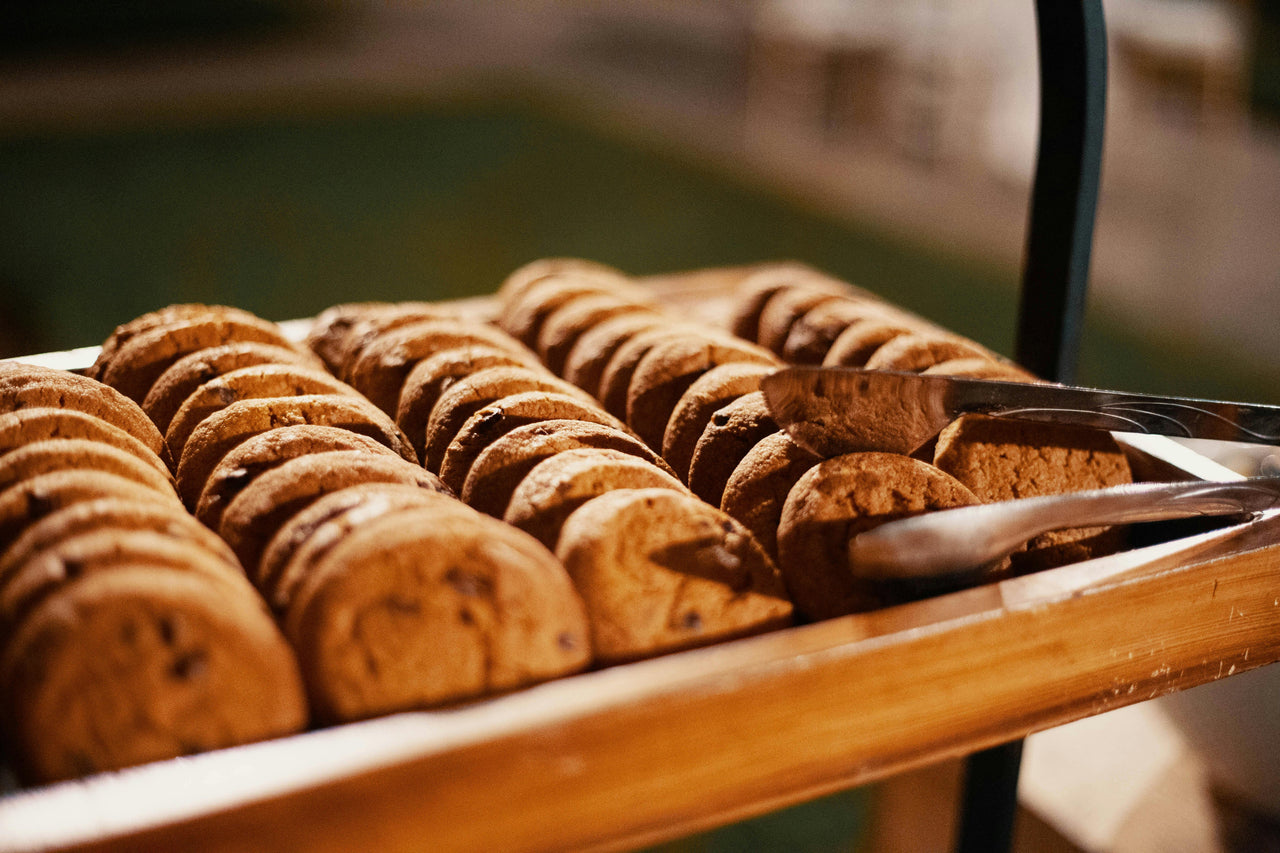Share
When it comes to biscuits, French sablés stand out from the crowd. But what makes them so different from other cookies? Is it the texture, the ingredients, or the centuries-old craftsmanship? The answer is—all of the above!
A Buttery, Melt-in-the-Mouth Texture
Unlike many other biscuits that are crunchy or chewy, sablés have a delicate, crumbly texture that almost melts in your mouth. This is thanks to a high butter content and a unique mixing method that prevents the dough from being overworked, keeping it tender and light.

Pure, Simple Ingredients
French shortbread cookies stay true to traditional baking principles:
• High-quality butter: The secret to their rich flavour and tender texture.
• Fine flour: Ensuring a smooth, delicate crumb.
• Just the right amount of sugar: Keeping them sweet but never overpowering.
• Egg yolks: Adding richness and a beautiful golden colour.
Unlike mass-produced cookies, artisanal sablés use real, natural ingredients, without artificial additives or preservatives.
A Rich French Tradition
The word sablé means “sandy” in French, a reference to the dough’s crumbly texture. Originating in the Sablé-sur-Sarthe region in the 17th century, these cookies have been a staple in French baking ever since. Some of the most famous varieties include:
• Sablés Bretons: Buttery and slightly salty, thanks to Brittany’s famous salted butter.
• Sablés Nantais: Crisp, delicate, and often shaped into elegant rounds.
• Palets Bretons: Thicker and richer, perfect with tea or coffee.

Versatile and Timeless
French sablés aren’t just a tea-time treat—they can be enjoyed in many ways:
• Dipped in chocolate for a more indulgent experience.
• Layered with jam for a fruity twist.
• Used as a base for tarts and cheesecakes.
• Served with coffee or tea for a moment of pure pleasure.
Their simplicity is what makes them timeless. Whether homemade or from a famous French bakery, sablés always deliver that perfect balance of crispness and melt-in-the-mouth goodness.
So next time you bite into a French shortbread cookie, remember—you’re tasting a little piece of culinary history!



